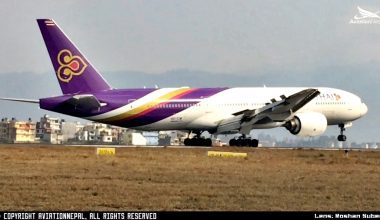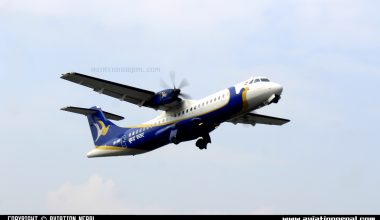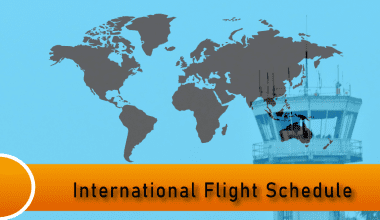December 29, 2016-KATHMANDU
It is a prodigious duty to take passengers from one place to another winged and guarding them with utmost attention along with the care of the aircraft and the flight which happens to be the most crucial part. This is what a pilot does who leverages people by flying them to different places with the help of a giant airborne machine controlled and uptight.
While the pilots are on duty inside a confined space that renders just the views of tethering clouds and blue skies, air traffic controllers stationed at the ATC tower alert them with the upcoming dangers in the sky including warnings and advice of known weather hazards, possible military airspace transgressions including their perspective about the situation.
Though pilots are trained to deal with many potential threats, but ideally they don’t encounter problems. While the daily work of a controller almost exclusively encounters problems and their solving including the responsibility of accommodation of air traffic safely and in an orderly manner in the available airspace.
The conflict may arise when the pilots want to choose direct routes with favorable winds and optimal altitudes which might not be compatible as per the controller who has to look after numerous climbing and descending, crossing aircraft through the airspace and for any controller, the goal is always an evenly spaced flow of all aircraft from airport to airport which can also lead to slowing, holding or track stretching aircraft.
A pilot always worries about the delivery of their passengers on time and to ensure about the next scheduled flight while the controller tries to acquire the understanding of the pilot’s need of passenger comfort reducing the excess maneuvering while achieving well-organized arrangement. So, a controller and a pilot always have an awkward relationship of intuitive clashes but both of them have to rely truthfully and their coordination is very crucial to lead the passengers through safe air travel.
[the_ad id=”28989″]On any flight, pilot contacts with a dozen or more controllers, none of whom are identified personally, and, likewise, a controller deals with dozens of pilots. In order for the system to work, interactions must be unruffled and professional. And, a good teamwork and communication between pilots and controllers is a critical component of air traffic system providing system flexibility.

In context of Nepal, the relationship becomes more crucial because many of the airports in Nepal are uncontrolled and the transmission between the pilots and the air traffic controllers as well as between controllers in different district is important for flying. In case of Kathmandu and nearby regions, the migratory birds fly constantly these days. So, the ATC tower has responsibility to convey the information if any possible bird strike can occur.
Likewise, there also has been complains that that the Department of Hydrology and Meteorology and Air Traffic Control tower do not provide correct information to pilots which can hinder the air navigation. Sometime back, a senior captain flying Boeing 757-200 had complained about how tower informed that there was 3 km of visibility but the DHM’s update showed it to be less than 1.5 km and Kathmandu was swamped by haze. Such wrong misinterpretation could have invited disaster but the pilot took the right decision to handle the aircraft on his own preventing any disaster.
Likewise, the world’s dangerous airport, Lukla-based Tenzing Hillary Airport has also been facing lack of informative consciousness as the tower there is not sufficient and is often misleading. On September of last year, three air traffic controllers and four pilots were detained after Boeing 757 belonging to Nepal Airlines and an aircraft of Simrik Airlines violated the 1000ft separation rule and almost collided which was the first time any air miss event was dealt by CAAN including the involvement of ATCs. Nepal requires more number of ATC towers as aircraft have to fly through many VFR routes and difficult crossing and ridges making the pilots themselves to handle the situation.
Sometimes, the air traffic controllers have to take decision against the wary and have to handle the situation themselves which also relates with pilots. Misjudgment and misguidance by both parties can create aviation accidents which are quite devastating involving physical losses.






